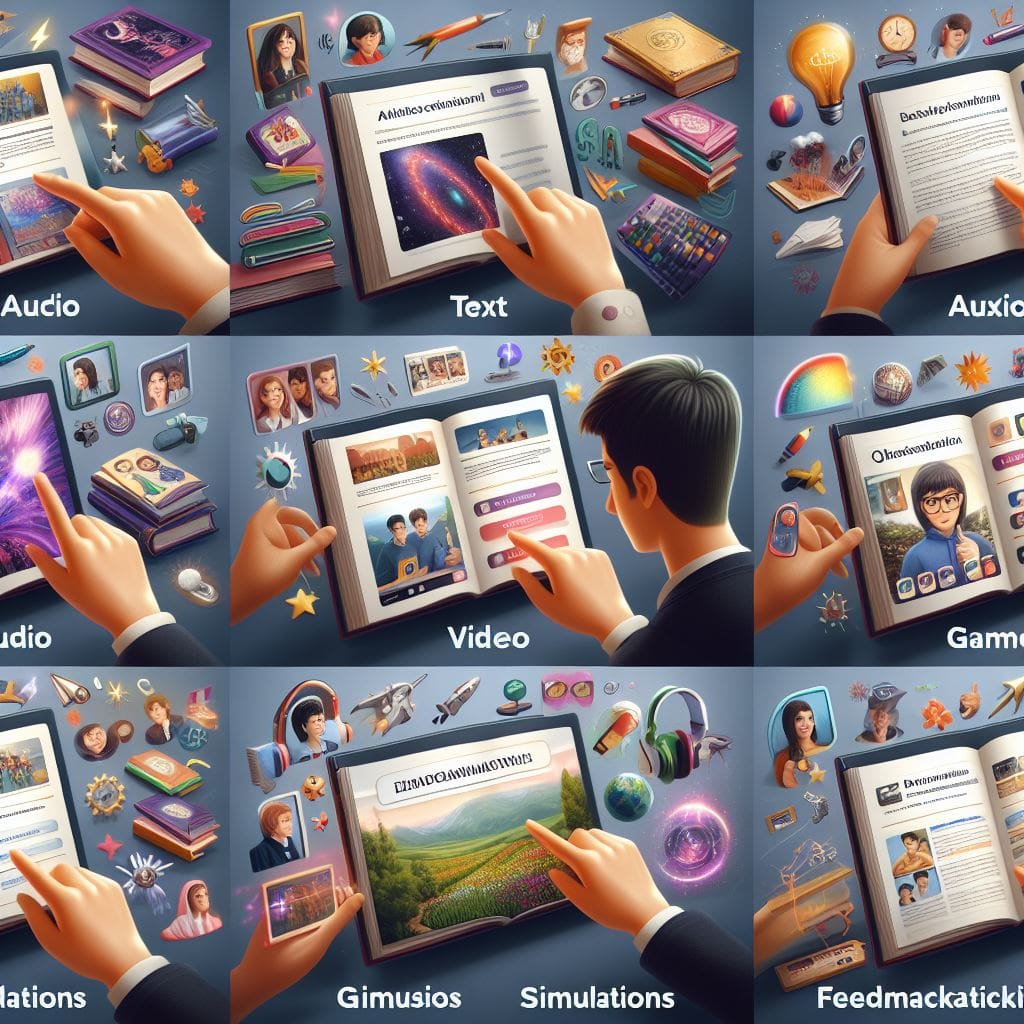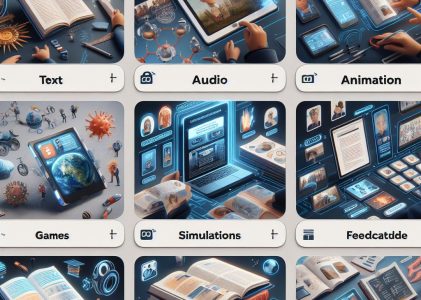
Listen to the story
Education has come a long way, evolving from the traditional one-room schoolhouses to the modern classrooms we know today. Technology has played a significant role in this evolution, introducing new tools and techniques that have transformed the way we teach and learn. One of the most promising advancements in education is the development of interactive textbooks that are becoming the main source of deep learning for humans in the digital society. This includes the classroom 5.0 that completely focuses on optimising the learning experiences with digital tools. These digital tools and interactive books that can minimise the administrative burden for the teacher and put her at the centre of the learning process with the student/pupil. Witten byHere is a comparison of printed textbooks and interactive textbooks:
Feature
Printed Textbooks
Interactive Textbooks
Engagement
Less engaging, can be boring
More engaging, with multimedia elements like videos, animations, and simulations
Understanding and retention
Less effective in helping students understand and retain complex concepts
More effective in helping students understand and retain complex concepts, due to multimedia elements
Personalized learning
Less personalized, may not meet the individual needs of each student
More personalized, can be customized to meet the individual needs of each student
Accessibility
Less accessible, as students need to have physical access to the textbooks
More accessible, as students can access them from anywhere with an internet connection
Practicality
Can be difficult to update and search electronically, and cannot be linked to other online resources
Can be easily updated, searched electronically, and linked to other online resources
Sustainability
Not environmentally friendly, as they require paper, ink and shipping
More environmentally friendly, as they are digital and do not require paper or ink or shipping
Affordability
More expensive, as they need to be printed and shipped
More affordable, as they are digital and do not need to be printed or shipped
Up-to-dateness
Not always up-to-date, as they need to be reprinted to reflect new information
Always up-to-date, as the content can be updated in real-time
The main Learning Resource
LarsGoran Bostrom
Opens in a new tab




